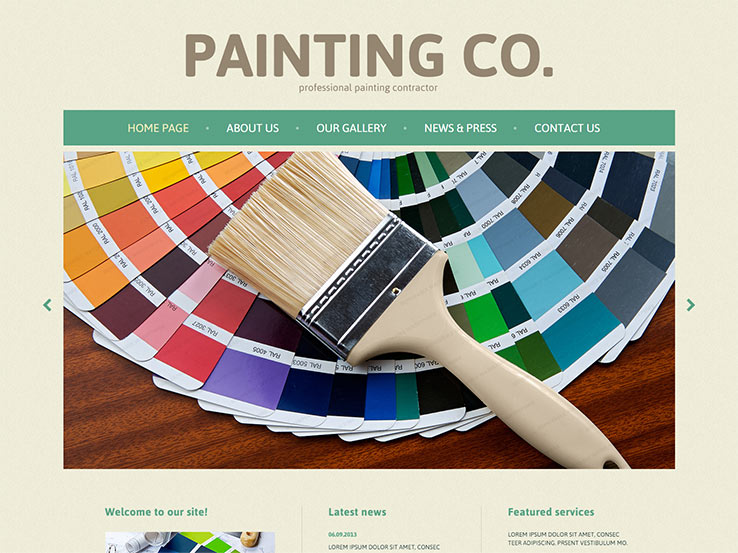Essential Seasonal Aspects Of Commercial Exterior Painting: What You Must Comprehend
Essential Seasonal Aspects Of Commercial Exterior Painting: What You Must Comprehend
Blog Article
Authored By-McLamb Chaney
When you're preparing a commercial exterior painting task, seasonal elements can make or break your outcomes. You'll wish to consider how temperature and humidity impact paint application and drying times. Choosing the ideal season can guarantee your paint sticks correctly and lasts longer. However which periods are truly the best for this kind of job? Let's explore the crucial elements that can affect your task's success.
The Influence of Temperature on Paint Application
When you're intending a commercial exterior painting task, the temperature level can considerably influence how well the paint adheres and dries out.
Ideally, you want to paint when temperatures vary in between 50 ° F and 85 ° F. If it's as well cold, the paint might not heal effectively, resulting in problems like peeling or breaking.
On the other hand, if it's also hot, the paint can dry as well quickly, avoiding proper attachment and resulting in an unequal finish.
You must likewise take into consideration the time of day; early morning or late afternoon supplies cooler temperature levels, which can be much more desirable.
Always inspect the manufacturer's suggestions for the particular paint you're utilizing, as they typically offer support on the optimal temperature range for optimum outcomes.
Humidity and Its Effect on Drying Times
Temperature isn't the only environmental factor that affects your industrial external painting project; humidity plays a substantial function also. High humidity levels can reduce drying times substantially, influencing the general top quality of your paint work.
When the air is saturated with moisture, the paint takes longer to heal, which can result in issues like poor adhesion and a higher threat of mold development. If you're painting on a particularly moist day, be gotten ready for extensive delay times between layers.
It's important to keep track of local weather and strategy accordingly. Ideally, go for moisture levels between 40% and 70% for optimum drying.
Keeping read article consider mind ensures your job stays on track and delivers a long lasting coating.
Best Seasons for Commercial Outside Paint Projects
What's the best time of year for your industrial external painting jobs?
Spring and early fall are commonly your best options. Throughout these periods, temperatures are mild, and humidity levels are commonly lower, creating ideal conditions for paint application and drying out.
Avoid summer season's intense heat, which can cause paint to dry also rapidly, bring about poor bond and surface. In a similar way, winter months's cool temperature levels can prevent proper drying out and treating, risking the long life of your paint work.
Aim for days with temperatures in between 50 ° F and 85 ° F for ideal results. https://www.housebeautiful.com/room-decorating/kitchens/g1566/best-kitchen-paint-colors/ in mind to check the neighborhood weather forecast for rain, as damp problems can wreck your task.
Planning around these aspects ensures your painting project runs smoothly and lasts much longer.
Final thought
To conclude, intending your commercial external paint tasks around seasonal considerations can make a significant difference in the outcome. By organizing job throughout the suitable temperature levels and humidity degrees, you'll guarantee much better adhesion and drying out times. Bear in mind to keep an eye on neighborhood weather prediction and choose the right time of year-- spring and early autumn are your best choices. Taking these steps will certainly help you achieve a durable and specialist finish that lasts.
